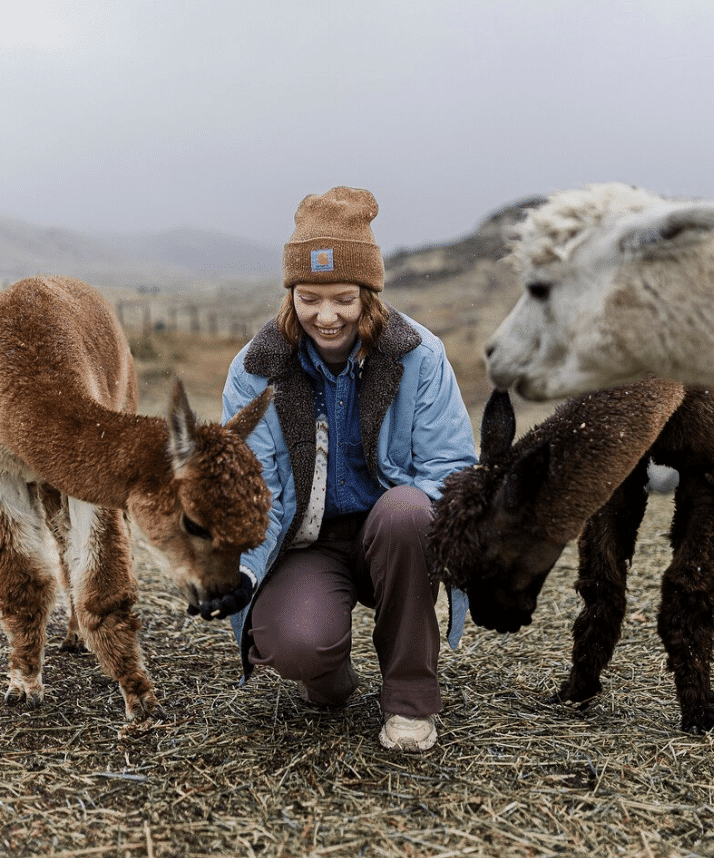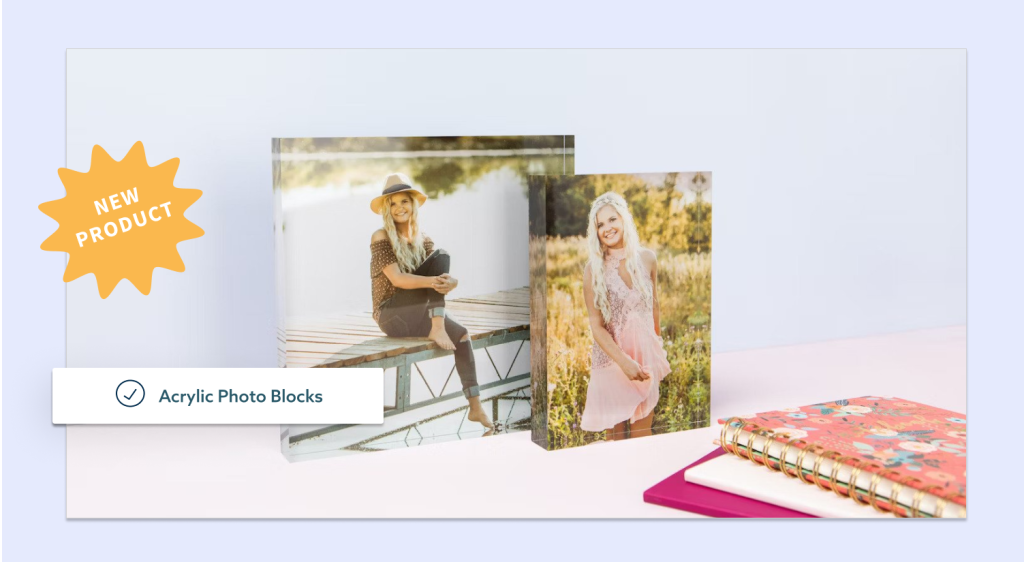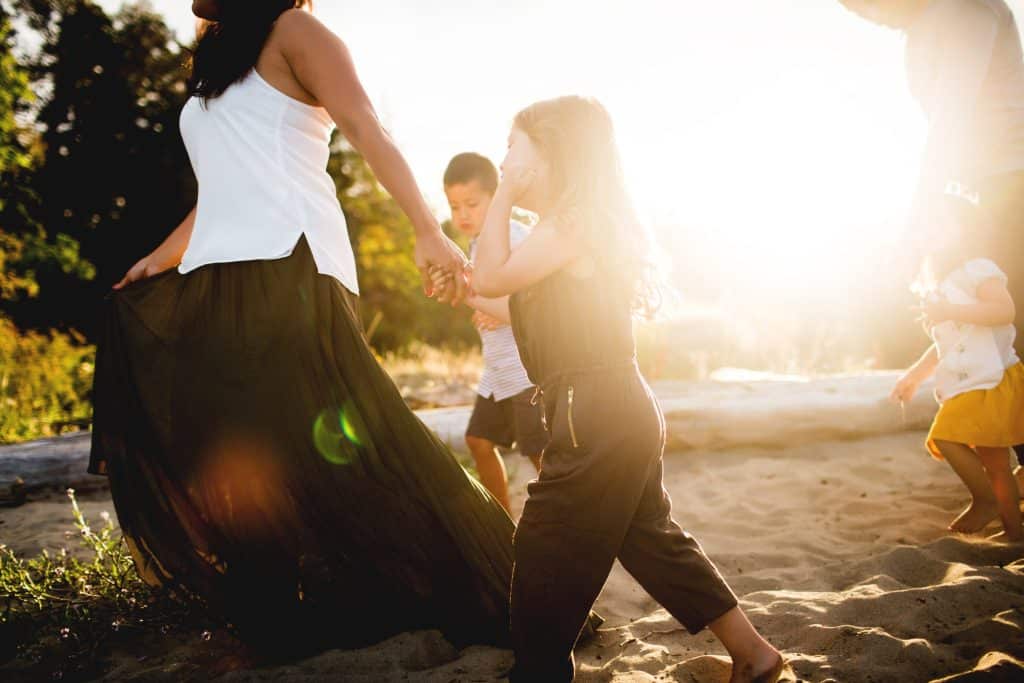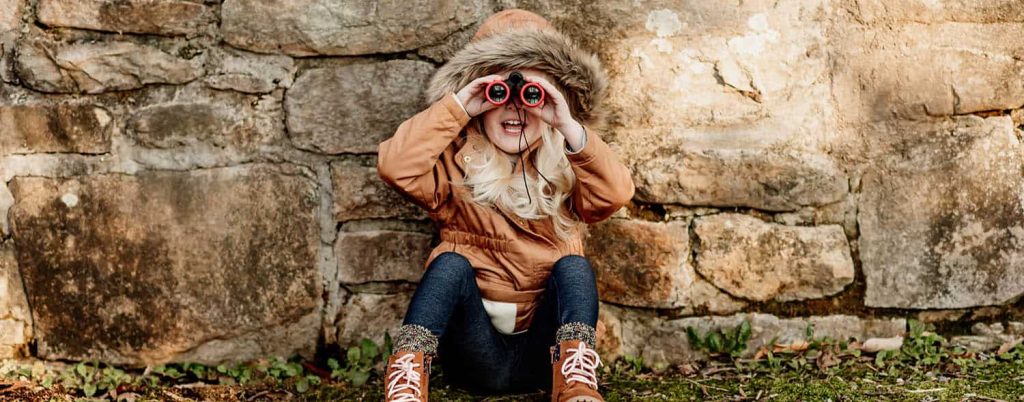
What the heck is photo aspect ratio? We’ve got the answers that will help you explain different crops to your clients and avoid confusion!
Why Does Your Photography Aspect Ratio Matter?
When it comes to the technical aspects of photography and your camera, there are many little things that can make a big difference. One of those things is aspect ratio for photography. But how do you even know which aspect ratio is the right one for you to use in your camera?
Create Your First Gallery in Less Than 30 Minutes
We’ll break down the most common aspect ratios, why they are important, and how to decide on which aspect ratio to use for your photography.
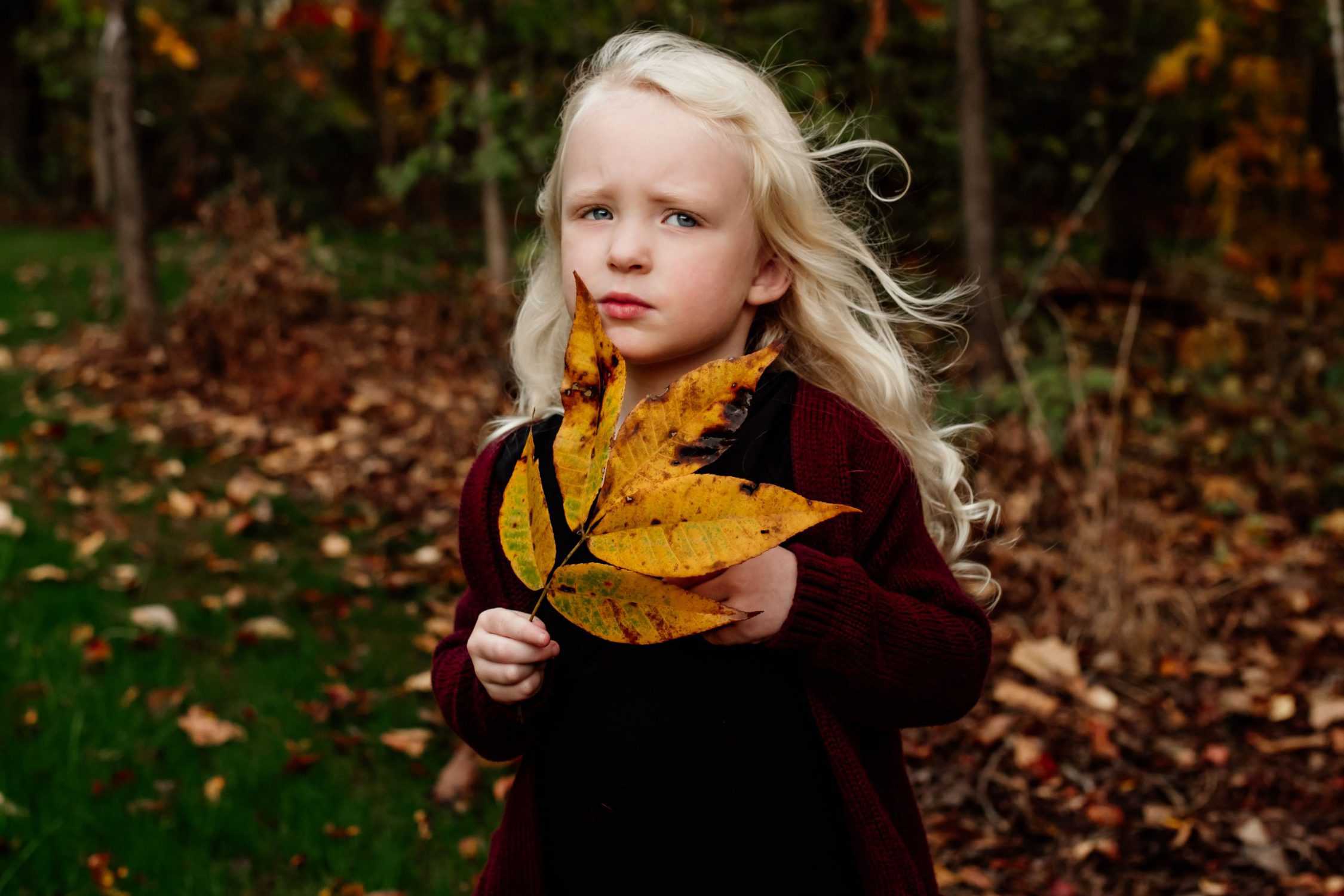
Morgan Caddell
What is Photo Aspect Ratio?
Let’s start by defining photo aspect ratio. Aspect ratio is something that many photographers are taught about, but not many can actually figure out how to put it into words. The aspect ratio describes the relationship between your pictures and height with two numbers separated by a colon. There are many commonly used aspect ratios that can help to aesthetically and technically serve an image.
Why is Aspect Ratio Important?
Your original aspect ratio is important for both technical and aesthetic reasons. The proportional relationship between the width and height makes a difference in the final presentation. Aspect ratio also makes a difference depending on the format the pictures are being displayed in. Paying attention to the aspect ratio you are using in your camera, instead of freehand cropping, will lead to consistency in your pictures.
See how to earn money with ShootProof
How Aspect Ratio Effects Composition
When you go through the settings on your camera, many digital cameras now give you the option to adjust your aspect ratio. This will allow you to take photos with the aspect ratio already set. Your rations make a big difference when it comes to taking pictures, so ensure yours is set how you want.
Cropping in Post-Production
If you crop your pictures in post-processing, it will make it so you cut information out of your pictures. Instead of cutting those pixels out of your image, setting your aspect ratios ahead of time allows you to get the scene just as you want it while shooting with your camera.
Adjusting Your Aspect Ratio After the Fact
Sometimes, it is necessary to adjust the aspect ratios after the fact. For example, if you’ve shot an image that you plan to print, but also want to post on Instagram, that’s two different ratios that you need to account for. The more ways you distribute your pictures, the more types of different aspect ratios in photography you must ensure that you consider.
Composing Images in-Camera
When composing your image in-camera, you can base your horizon on your chosen aspect ratios. Most photographers choose to shoot in 3:2 aspect ratio in the camera, a standard ratio of an image based on 35mm film. But if you’re planning to shoot just for social network purposes, choosing 4:5 in your camera may work in your favor. Alternatively, some photographers prefer to shoot entirely in 1:1 ratio, so they don’t have to adjust their photos in their cameras or between print and digital distribution mediums.
Get clients. Get paid. Get happy.
Common Photo Aspect Ratios
Let’s explore some of the most common photo aspect ratios. These are aspect ratios you would see regularly in print, on cameras, on your screens, and when you are editing images. These are the typical width and height proportions that photographers tend to use. There are several different photo aspect ratios for different scenarios.
4:5 Aspect Ratios
4:5 aspect ratios are used for 8×10 photos in printing. It’s also a popular aspect ratio because of Instagram’s vertical portrait ratio. A micro four-thirds camera uses this aspect ratio. 4×5 and 8×10 film cameras use these proportions as well. This is a very common aspect ratio for micro four-thirds cameras and film photographers to use, and also for some digital photographers who have a heavy presence on the Instagram platform.
3:2 Aspect Ratios
The 3:2 aspect ratio started in 35mm film photography. Beyond 35mm film photography, the ratio of 3:2 is still often used for print sizes, with 4×6 prints remaining a very common print standard. In digital camera settings, it’s normal to see photos in full frame at 1080×720. This is typically the most popular set of dimensions for photographers to shoot within. The ratio of 3:2 allows for a good amount of room for cropping in post-processing as well, if needed.
4:3 Aspect Ratio
4:3 aspect ratio has commonly been used for medium format and digital cameras, computer monitors, and TV displays in the past. The 4:3 aspect ratio will create a print of 8×6 inches or a display of 1024×768.
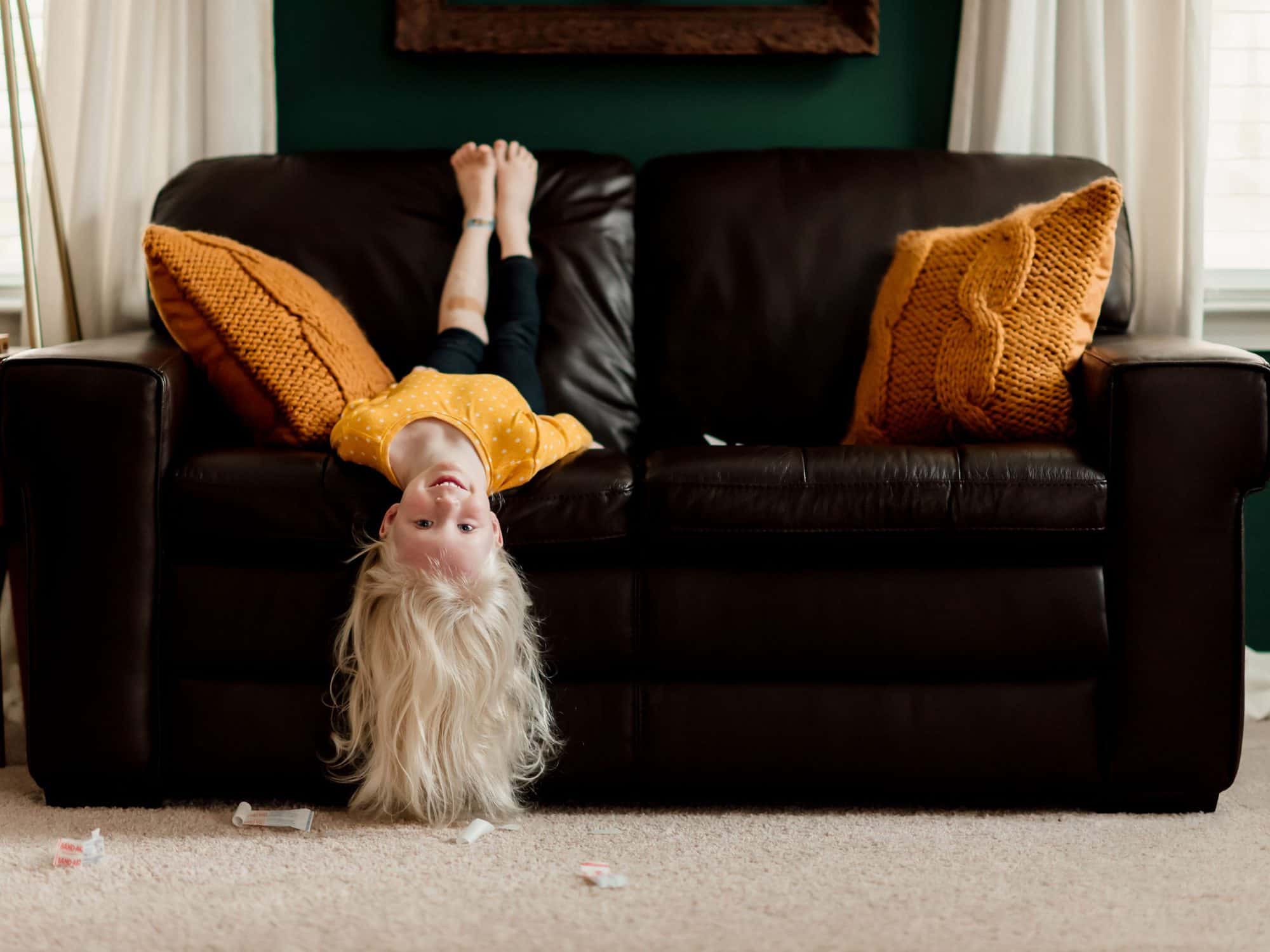
Morgan Caddell
16:9 Aspect Ratio
16:9 aspect ratio is seen on many widescreen high-definition TVs, computer monitors, and smartphones. This slim rectangle will end you up with a 1920×1080 or 1280×720 resolution. While 4:3 used to be the norm for many screens and medium-format cameras, this ratio has replaced those common proportions.
1:1 Aspect Ratio
The 1:1 aspect ratio is fairly straightforward, meaning the width and height are equal proportions. This is used for any square format of a photo digitally or in print. Some medium format cameras used to offer this aspect ratio.
Get started with ShootProof
What are the Best Aspect Ratios for Social Media?
The best aspect ratio for social media photography depends on where are you plan to post your images. If you have a heavy presence on a particular social network, perhaps focus your goal ratio for that specific network. Instagram, for example, is a big spot for photographers to share their photography work. You will want to enure, in that case, that you are adjusting your image sizes to be optimized for that network.
Why Should You Resize Images for Different Social Platforms?
When you are sharing your work on social media, you’ll want your photographs to be seen in the best possible way. Each social platform has individual post sizes that you must take into consideration. That way, you won’t have your images automatically cropped in ways that don’t suit the images.
To share an image in your Facebook feed, your photo aspect ratio is flexible at 2:1 or 1:1. This ratio allows you to easily share the same image across multiple platforms as well. You can place images of virtually any aspect ratio on this platform, but for the best appearance in feeds, consider these two crops.
The recommended image size for Facebook feed posts is 1200px by 630px. Vertical images will scale in feeds to a maximum ratio of 1:1. Because of this versatile aspect ratio, you can easily share the same images to other social platforms.
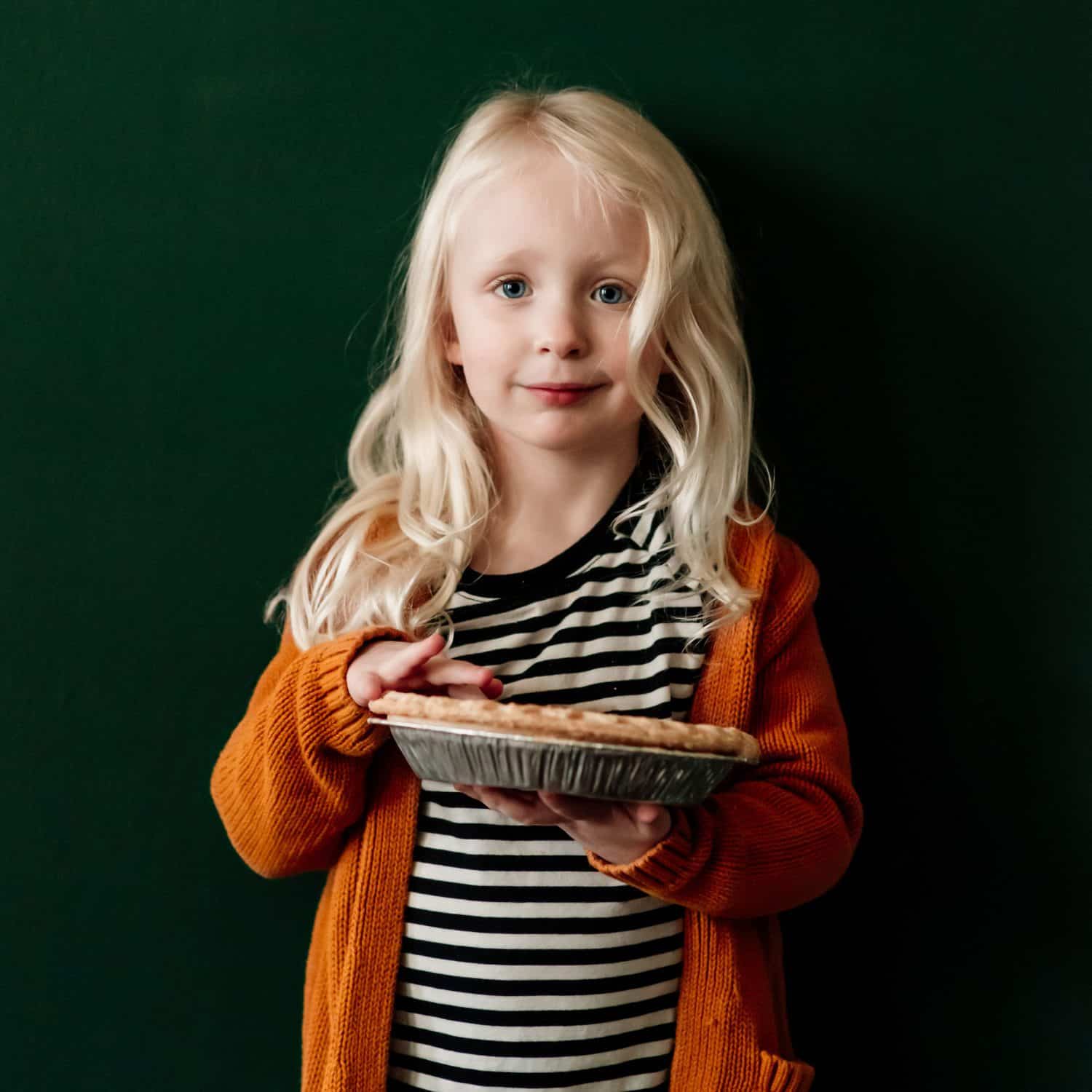
Morgan Caddell
Instagram uses a 4:5 aspect ratio. You could also do a 1:1 square format image for Instagram as well, if you care a lot about how your grade looks on the platform. These two sizes are the best for Instagram.
For digital dimensions, an image at 1080px by 1350px will be ideal for the size. Instagram compresses your image when it is uploaded anyway, so giving them this size will work well for that. If you upload an image that is really big, they won’t compress as well as photos that are already pretty compressed.
Instagram Stories
When you are using Instagram Stories, these use the 16:9 aspect ratio. Instagram Stories take up the majority of the phone screen with this longer format. If you don’t want to severely crop your images, you can also create Instagram Story designs on a separate program to display your photos. Some photographers choose to use sites like Canva to lay out their image on Instagram Stories.
The perfect size dimensions to use on Instagram Stories are 1080px by 1920px.
Contracts & invoices for Pros
TikTok
Although you don’t necessarily post pictures on TikTok, you can include photos in your TikTok videos. The photos that you include in your TikTok posts will have the same dimensions as your Instagram Stories, and the same aspect ratio at 16:9. Make sure to consider the aspect ratio, just as you would for Instagram, for your photography TikTok content.
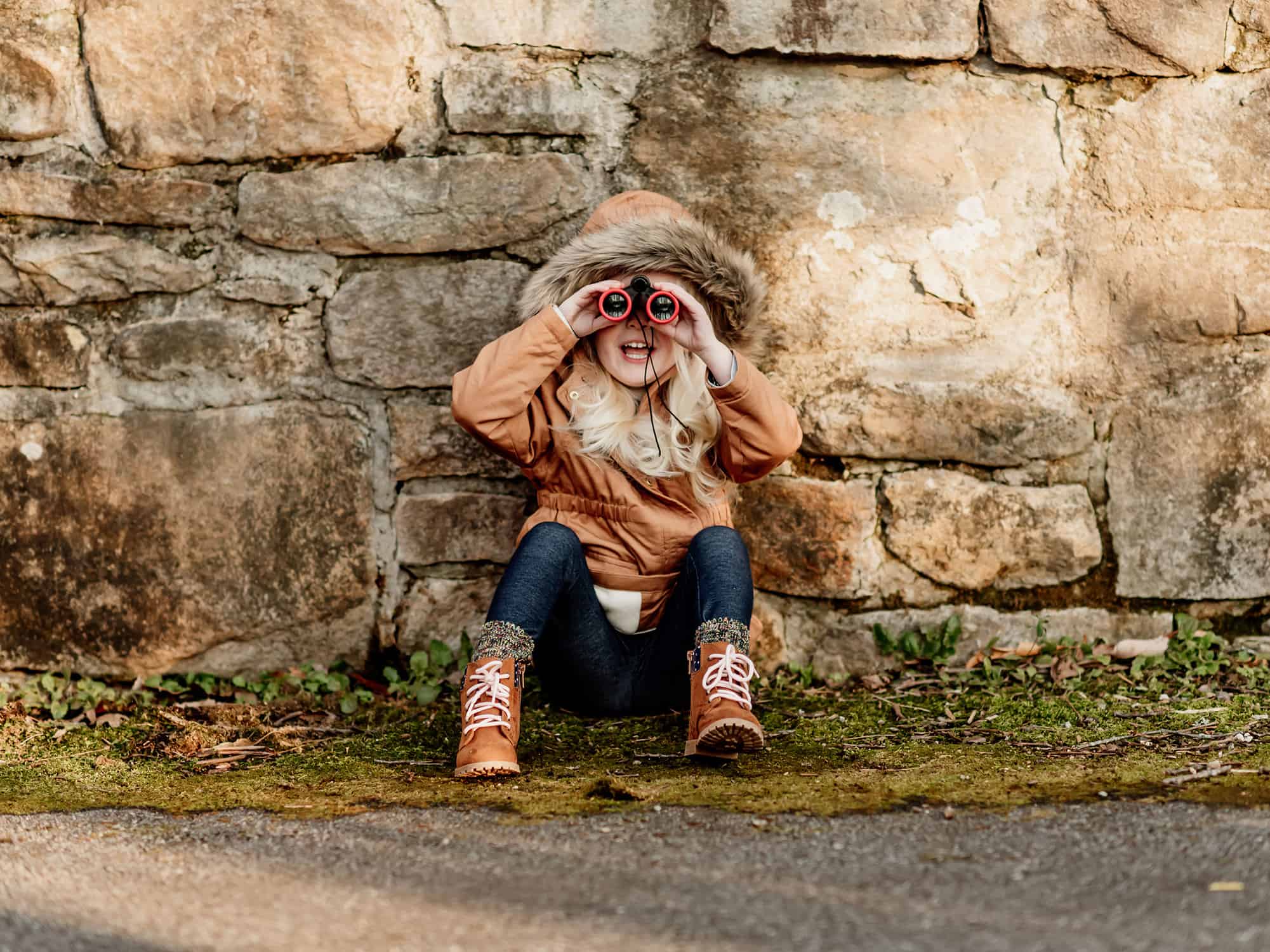
Morgan Caddell
Everything You Need to Know About Photo Aspect Ratio
When it comes to photo aspect ratio, it matters in your photography shooting and post-processing. Whether you are a film photographer or a digital photographer, you should know the potential ratios that your digital and film cameras are capable of. Many digital cameras these days can adjust the aspect ratio cropping within the camera.
Written by MEGAN BREUKELMAN | Photographs by MORGAN CADDELL
